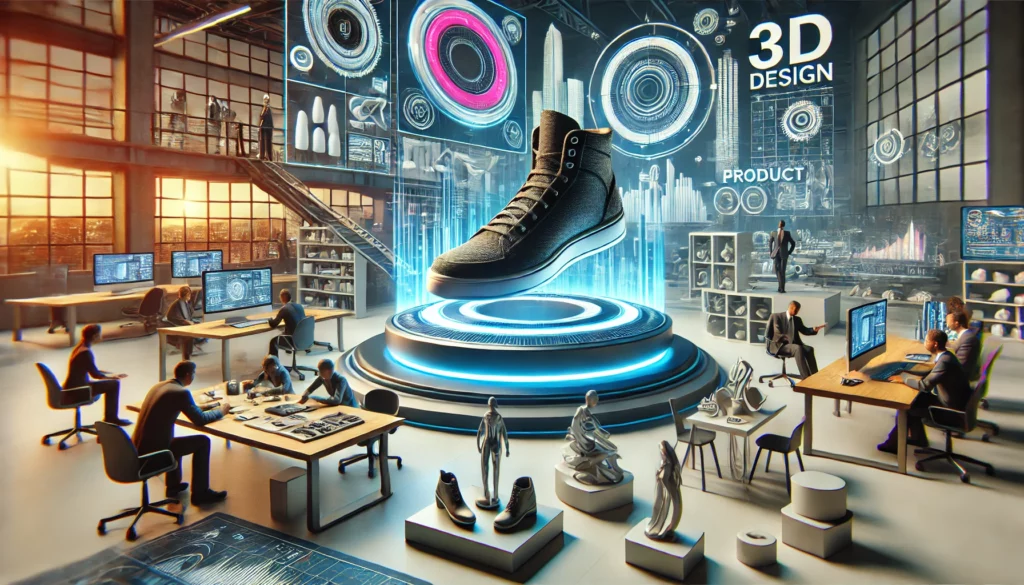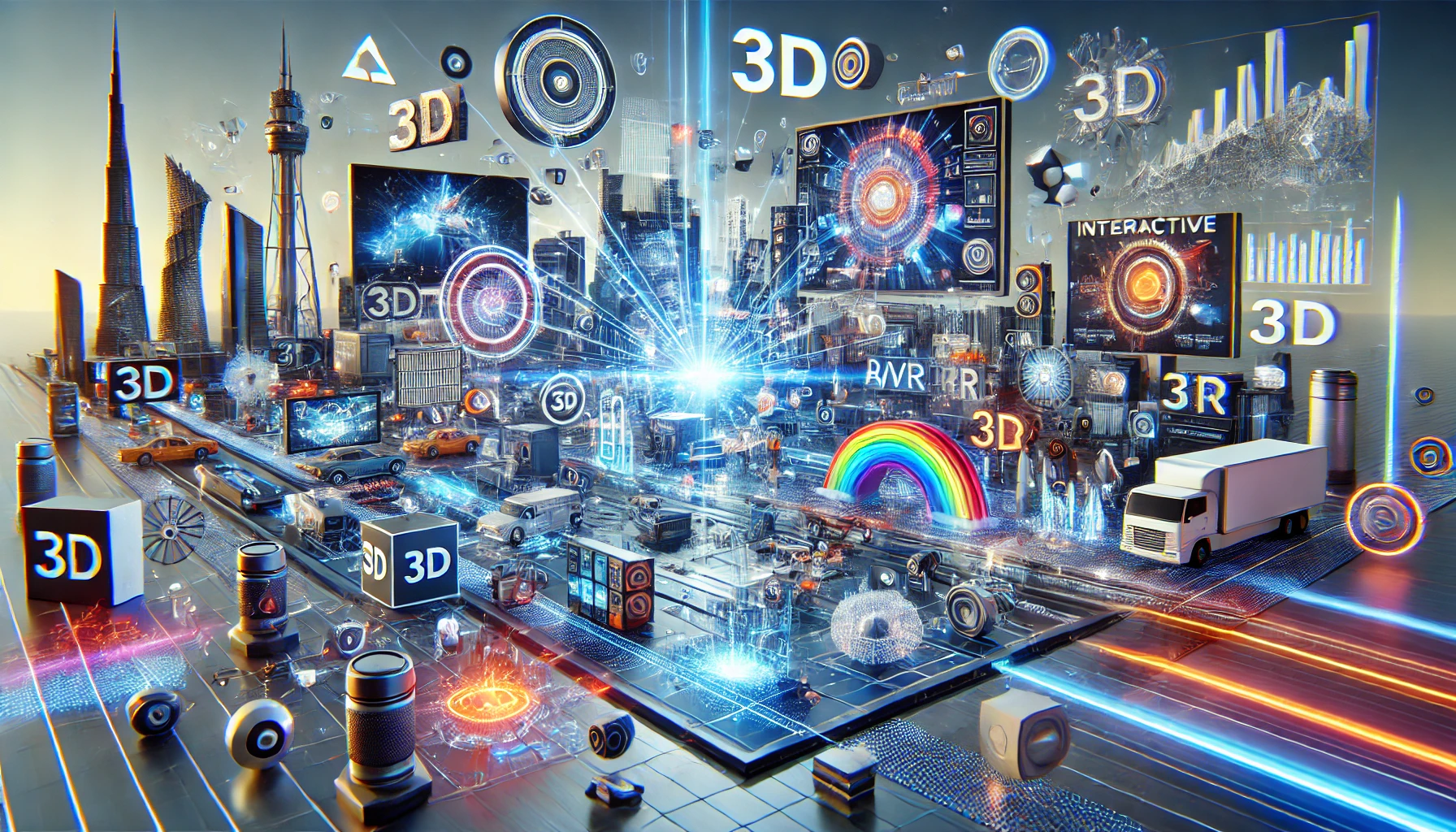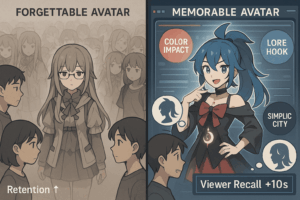In the dynamic realm of advertising, staying at the forefront of innovation is imperative for agencies seeking to captivate audiences and drive results. Among the most transformative tools reshaping the industry, 3D technology has emerged as a game-changer. By delivering depth, realism, and unparalleled interactivity, 3D opens the door to boundless creative opportunities, fundamentally altering how brands communicate their narratives. This exploration dives into the specific ways 3D technology is revolutionizing advertising, with insights tailored for advertising professionals who strive to stay ahead.
Why 3D Matters for Today’s Advertising Agencies?
The advertising landscape is saturated with visual noise, and standing out requires more than just creativity—it demands innovation. 3D technology has emerged as a powerful tool that goes beyond enhancement, representing a true paradigm shift. By leveraging 3D tools, agencies can craft hyper-realistic visuals that capture attention, offering interactive and immersive experiences that deeply resonate with audiences on an emotional level.
This innovative approach elevates storytelling, creating visually stunning and memorable campaigns that leave a lasting impression. The unique ability of 3D to seamlessly blend art, technology, and storytelling sets it apart as a critical asset for agencies aiming to push boundaries and redefine the future of advertising.
Real-World Applications of 3D in Advertising
3D technology is transforming the advertising world, offering innovative ways to engage audiences and elevate brand experiences. From product visualization to immersive AR/VR campaigns, the applications of 3D are vast and dynamic.
1. Product Visualization: From Concept to Reality
Gone are the days when static images sufficed in showcasing products. Today, 3D models enable a more immersive and detailed presentation, transforming how products are introduced to the market. With 3D technology, brands can offer intricate product showcases that highlight textures, colors, and features in stunning detail. Virtual showrooms allow customers to interact with products before making a purchase, providing a more hands-on experience. Industries like automotive and consumer electronics benefit greatly from this innovation, as they can present prototypes in lifelike clarity, streamlining pre-launch campaigns and giving customers a taste of what’s to come.
2. Interactive AR and VR Experiences
Augmented Reality (AR) and Virtual Reality (VR) campaigns powered by 3D technology are transforming how brands engage with their audiences. These immersive experiences captivate users, allowing them to interact with products and services in entirely new ways. For example, AR apps like IKEA’s allow users to visualize how furniture will look in their personal spaces before buying. VR offers even more engaging storytelling opportunities, turning passive viewers into active participants and enhancing brand interaction. These interactive experiences elevate brand connections, creating deeper and more memorable consumer relationships.
3. Dynamic Interactive Ads
3D technology has revolutionized advertising by enabling dynamic, interactive ad formats where users can rotate, zoom, and explore products in real-time. This level of engagement creates a more personalized experience, allowing consumers to interact with customizable product features. Interactive ads, powered by 3D, lead to heightened engagement rates, making them a preferred choice for forward-thinking agencies. This innovation not only enhances user experience but also boosts conversion rates, making interactive advertising an essential tool for modern campaigns.
4. Cinematic Brilliance in TV and Digital Campaigns
From dynamic animations to breathtaking fantastical worlds, 3D technology elevates TV and digital campaigns with stunning visuals that leave a lasting impact. Iconic campaigns, such as Coca-Cola’s “Happiness Factory,” have set new benchmarks for brand storytelling by integrating 3D elements that bring the narrative to life. The seamless fusion of visual effects in commercials enriches the storyline while maintaining the authenticity of the message. This cinematic brilliance captures the attention of viewers and enhances the overall impact of a campaign, making it memorable and engaging.
5. Out-of-Home (OOH) Advertising with a 3D Twist
Out-of-home (OOH) advertising is being revolutionized by 3D technology, particularly through billboards and digital installations that create illusions of depth and motion. These visually arresting displays leave a lasting impression on audiences, amplifying brand presence in crowded public spaces. For example, Nike’s iconic billboard, with a sneaker bursting through the surface, created a buzz and captured the attention of passersby. 3D-enhanced OOH advertising not only generates excitement but also ensures that a brand’s message stands out in an increasingly crowded advertising landscape.
Key Advantages for Advertising Agencies
Let’s discuss the key advantages of 3D in advertising here:
1. Unparalleled Visual Appeal
3D visuals capture attention in a crowded media landscape, making brands impossible to ignore. They not only stand out but also create lasting impressions, inspiring consumers to take action. High-quality 3D assets can elevate a brand’s perceived value, positioning it as sophisticated and cutting-edge.
2. Versatility Across Platforms
3D assets offer remarkable flexibility, seamlessly integrating into various channels to enhance brand visibility. Whether for social media, websites, or physical installations, 3D content ensures consistent messaging. This adaptability allows agencies to tell cohesive, multi-platform stories that engage audiences wherever they interact with the brand.
3. Long-Term Cost Efficiency
Although initial 3D production can require a higher investment, the ability to reuse assets across multiple campaigns provides significant cost savings. This reusability maximizes the value of each asset, allowing for a more efficient and cost-effective approach to future marketing efforts.
4. Boosted Engagement and Retention
Interactive 3D experiences capture and hold audience attention, encouraging longer engagement. As a result, these immersive experiences enhance brand recall and drive conversions, making them a highly effective tool for creating lasting relationships with consumers.
5. Personalization and Precision
3D content offers the ability to personalize campaigns based on user preferences, ensuring that each message resonates on a deeper level. By tailoring content with precision, agencies can deliver highly targeted campaigns that connect with audiences in meaningful ways.
Navigating Challenges in 3D Advertising
Though transformative, adopting 3D technology is not without hurdles. Advertising professionals must be mindful of:
High Initial Costs: Developing top-tier 3D assets requires skilled talent and advanced tools. These resources can be costly, limiting accessibility for smaller agencies.
Technical Complexity: The steep learning curve of 3D modeling and animation may necessitate collaboration with specialized teams. It can also require extensive training and adaptation of existing workflows.
Production Timelines: While impactful, 3D campaigns often demand longer lead times. Meeting deadlines for 3D-based projects can be more challenging than traditional media.

The Future: Where 3D and Advertising Converge
The trajectory of 3D in advertising is exhilarating, driven by technological advancements and evolving consumer expectations:
1. AI-Powered 3D Creation
Artificial intelligence is simplifying 3D modeling and animation, making high-quality assets more accessible and reducing production timelines.
2. Metaverse Integration
As the metaverse gains prominence, agencies must prepare for a future where 3D environments become the norm for brand interactions.
3. Democratization of Tools
Innovations in software are lowering barriers to entry, enabling smaller agencies and brands to harness the power of 3D.
4. Sustainability Goals
3D eliminates the need for physical prototypes and large-scale photoshoots, aligning advertising strategies with eco-conscious values.
Conclusion: 3D as the Pillar of Next-Gen Advertising
For advertising agencies, embracing 3D technology is no longer optional—it’s a strategic imperative. From crafting immersive brand experiences to elevating visual storytelling, 3D redefines what’s possible in creative communication. As this technology evolves, the opportunities for agencies to innovate and excel will only expand. At 3DAiLY, we are here to empower agencies with cutting-edge 3D solutions tailored for the advertising world. Together, let’s revolutionize the creative landscape and shape the future of advertising, one stunning campaign at a time.



